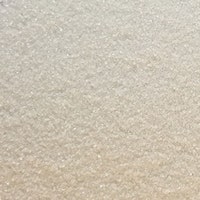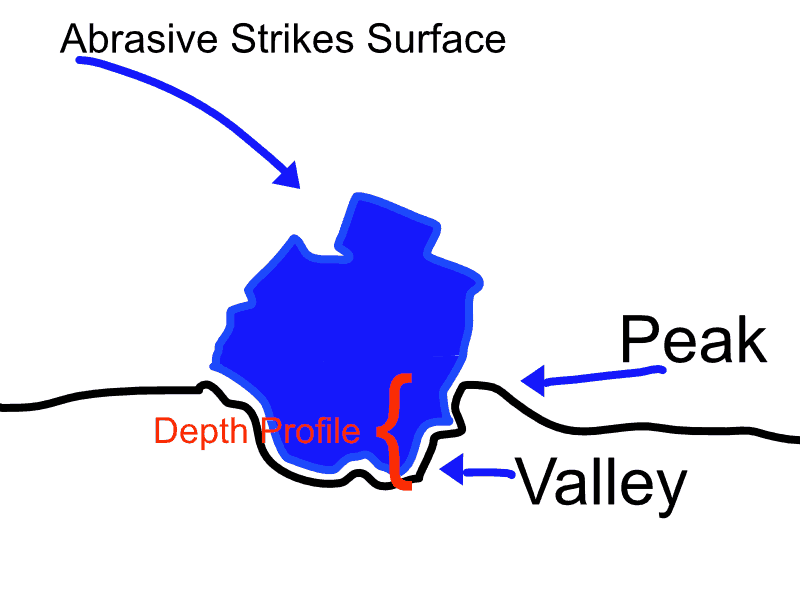Sand Blasting Media
We have a wide variety of sand blasting media. Additionally we provide important information about each type of sand blast media. Blasting media is not one size fits all. Because the type of blast media depends on your project, you must understand your project. We help with terms like micron, mesh and grit, and even convert between them with our friendly media chart. As a result of our years of industry experience, we are ready to help you choose sand blasting media perfect for your project. If you have questions please call or email us. Below is a comprehensive article on choosing abrasives.
Shop & Buy Sandblasting Media for Sale
We offer blasting media in quantities of 50 pound increments and can provide multiple pallets as needed. Pricing shown does not include shipping. We provide the best sandblasting media and make it affordable.
Affordable Abrasive Media
All of our abrasive media is available in multiple grit sizes. We can provide small volumes of 50 pounds and ship multiple pallet loads. Please let us know what you are looking for if yo don’t see it. We have aggressive media pricing and can ship almost anywhere.
Sandblast Abrasive Blasting Media Guide

Abrasive Media – Hardness, Shape, Size and Density
Choosing an abrasive media for a specific project can be complex. First, a discussion on the hardness of the abrasive. Second we will consider the shape of the abrasive. Next a look at size and finally a quick peak at density. Finally, as we close out the discussion we introduce the concept of velocity. While not a property of abrasive media it can greatly effect how any abrasive behaves.
Mesh Size Chart
Mesh Size
The technical definition of mesh is the number of lines per square inch in a sieve. Again, we approach this simply, it can be complex. Imagine the holes in a pasta strainer. If the strainer (sieve) has 60 holes per inch, we would classify it as a #60 mesh. For our example we will consider an abrasive labeled 60-100. Now, if we pour the 60-100 abrasive through a sieve, roughly 95% of the abrasive will pass through a 60 mesh sieve but not through a 100 mesh sieve.
Why Sand Blast Media Hardness is Important
Abrasive media hardness is very important. In general, the harder an abrasive is the faster it will remove surface material. Of course being fast is not always the most important factor in selecting a blast abrasive. Penetration and finish are mutually important considerations. Scroll down for some detail on how abrasive hardness is measured.
Abrasive Media Hardness
Abrasive media hardness is an important characteristic when choosing an abrasive for a blasting project. Media hardness is measured in several different ways. The first is called the Mohs Scale and the second is the Knoop Hardness Number.
Mohs Scale
In 1812 Friedrich Mohs, a German mineralogist, began testing one mineral against another. As a result he tested and documented how one mineral could (or could not) scratch another. Finally, his efforts bring us to the Mohs Hardness Scale.

Knoop Hardness Number
This is a simple concept with very complex science behind it. This number is the hardness of the material being studied. A diamond tipped instrument is pressed into the surface of the material. And, a specific amount of force for a specific amount of time will indent the material.
Knoop and Mohs Values for Common Abrasives
Mohs Scale Values
- Glass Beads: 5.5
- Sand: 6
- Garnet: 6.5
- White Aluminum Oxide: 9
- Brown Aluminum Oxide: 9
- Silicon Carbide: 9.1
Knoop Hardness Values
- Glass Beads: 540
- Garnet: 1360
- Sand: 820
- White Aluminum Oxide: 2100
- Brown Aluminum Oxide: 2100
- Silicon Dioxide: 2550
Sand is only shown for comparison – DO NOT use sand in abrasive blasting.
Abrasive Media Shapes
The shape of abrasive media primarily effects the cutting depth into the blasted surface.

ANGULAR
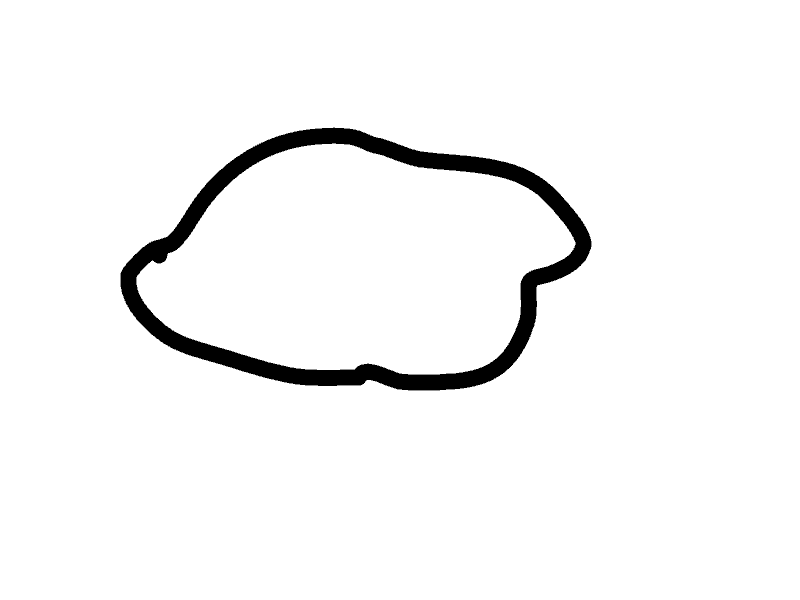
SUB-ROUNDED
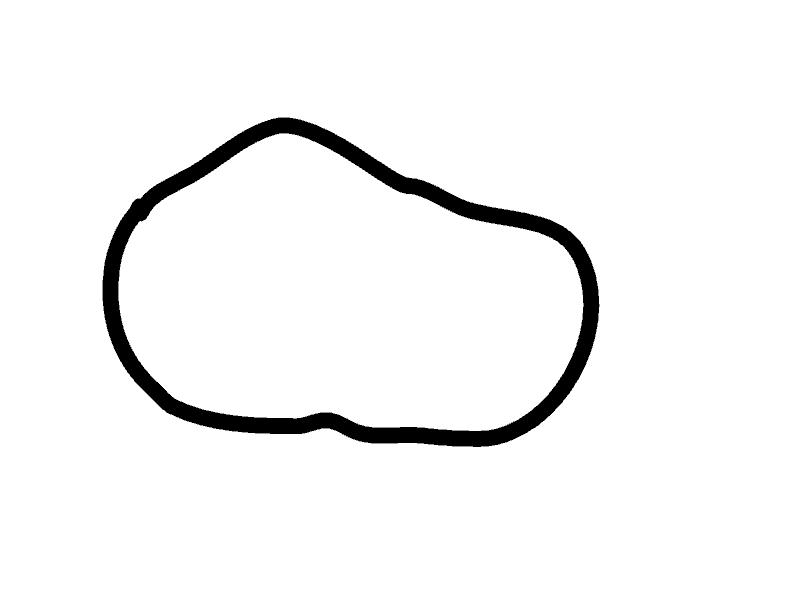
ROUNDED
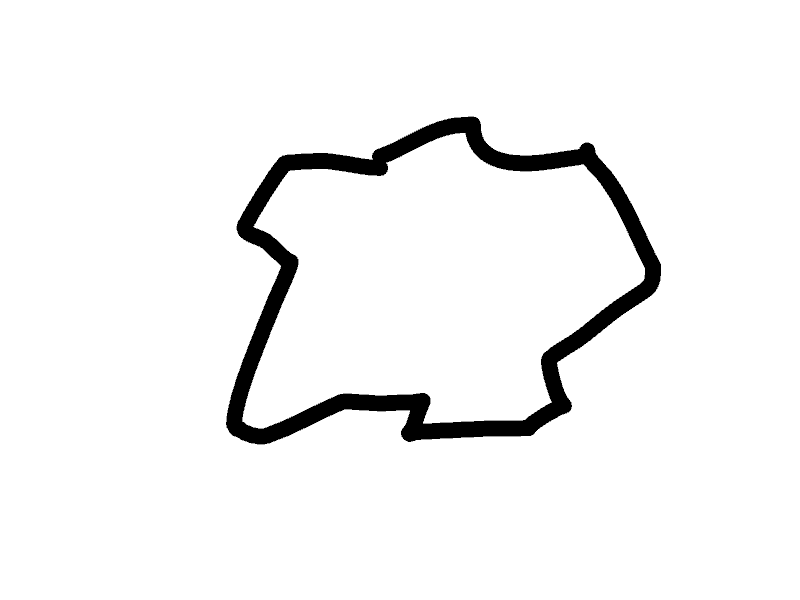
SUB-ANGULAR
Abrasive Media Sizes
| Abrasive Type | Example Mesh (Grit) Sizes |
|---|---|
| Glass Beads | 60-100 |
| Silicon Carbide | 8-240 |
| Blasting Garnet | 30-120 |
| Aluminum Oxide | 16-120 |
Size is a straightforward characteristic. Abrasive media size is typically measured in mesh size. Some refer to it as “grit size”. The important thing is to pay attention to the number. In order to do that, however, we will first explain what a “mesh” is.
Abrasive Size Overview
In general, the bigger the abrasive molecule, the bigger the impact it makes on the blasted surface. For example, dropping a bowling ball onto wet cement will make a bigger splash than a baseball. However, in a blasting cabinet, larger particles means fewer impacts on the blasted surface. This is compared to smaller molecules that make more frequent impacts. Think about tossing 10 marbles into a pond or 100 tiny ball bearings. Both those volumes will fit into a cup but the ball bearings has 10 times the number of impacts.
Abrasive Media Density
Density is a term that describes how much mass exists per unit of volume (a unit commonly called specific gravity). It is not the same as an object’s weight. Remember the old riddle of a pound of feathers vs. a pound of lead? Equally one pound. But lead is significantly denser than a feather so it takes less lead to get to a pound than feathers. Beyond the science involved, abrasive media and density is really about the abrasive and its ability to impact the blasted surface. As an abrasive particle is accelerated by a blast gun, it impacts the surface. The denser the particle the harder and deeper it will impact the blasted surface. Additionally, the more dense the abrasive particle the less it will deform upon impact. That means it has the potential to last longer than less dense abrasive media.
| Material | Density (Specific Gravity g/mL) |
|---|---|
| Water | 1.0 |
| Glass Beads | 2.5 |
| Silica Sand | 2.65 |
| Blasting Garnet | 3.5 up to 4.5 |
Abrasive Media and Surface Characteristics
All the previous information leads us to what happens when the abrasive hits the blasted surface. The shape, density, hardness and size do in fact make an impact! In most circumstances, once you select the abrasive media you cannot change the shape, density, hardness or size. However, you can change the velocity of the media. In a sandblasting environment velocity is controlled by the amount of air coming into the system. This is primarily driven by the air compressor. Higher velocity for an abrasive, in most cases, means a bigger impact on the surface.
Anchor Pattern
Assuming the abrasive is hard enough to impact the blasted surface we can talk a little bit about anchor patterns. For scenarios where a user wants to prepare the surface for painting or coating, a proper anchor pattern is appropriate. We all know the fine print on certain products that indicate a clean dry surface prior to treatment. This is a great application of abrasive blasting and anchor patterns. For example, consider placing a coating on steel. Untreated, the steel will likely reject the treatment. However, with the appropriate media and resulting anchor pattern, the treatment has something it can literally anchor to.
Depth Profile
Basic abrasive media shape helps us understand what happens when the abrasive hits the blasted surface. As the image illustrates, a piece of abrasive is impacting a surface. As a result, the abrasive creates a valley and peaks. The distance between the valley and peak is what we refer to as the depth profile. This is a general statement. This over simple example assumes the abrasive is harder than the surface being blasted. However, it does present the reader with a good basis for how abrasive choice can effect the blasted material’s surface.
Sand Blasting Media Information
Sand Blasting Sand
Even the name sand blast implies using sand. Decades ago, sand was used as a blast media. Many still is use it today. However, Cyclone does not recommend sand, we never have. This is because there are many safer alternatives to sand. Silicosis is a very real danger from using sand.
Safer Alternatives to Sand Blasting Sand
Sand blasting media is not a one size fits all solution. For example, what are you going to blast? Next, what expectation do you have for the surface after blasting? Some abrasive media can significantly damage the blasted surface. Using improper media is not only dangerous, it can destroy your project.
Blast Media Comparisons
Cyclone provides simple options for blasting media. We offer glass beads, blasting garnet, brown and white aluminum oxide, and silicon carbide. Each of these blasting media types is unique. Therefore, we will briefly review each and offer suggested uses. With anything we offer, we encourage you to email us or call us with questions or concerns.
Safety Above All Else
No matter what media you use, please be safe. Read and follow all instructions, and obey all warnings. Your safety is ultimately your own!


